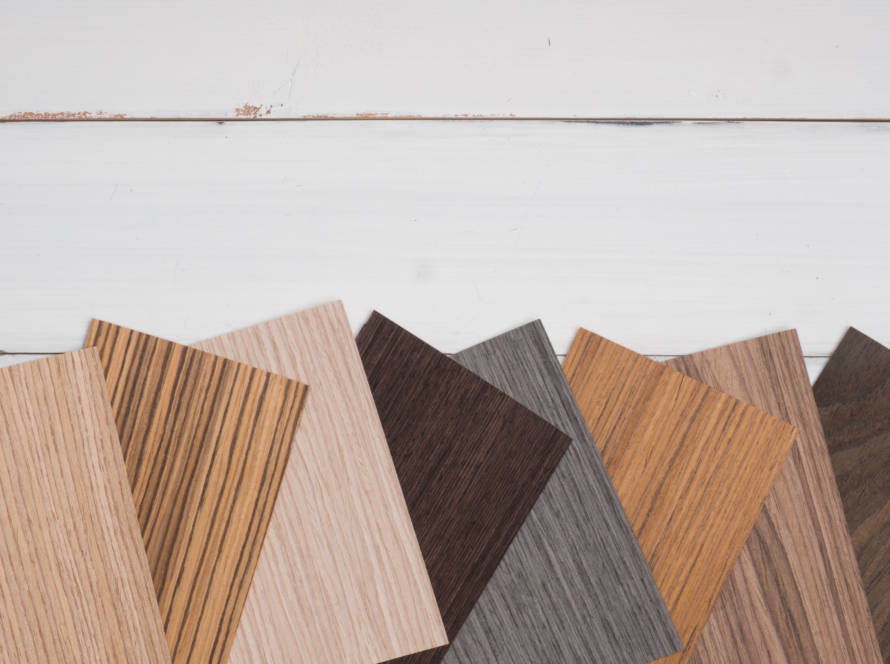Granite and quartz countertops, two sturdy stones in the realm of kitchen design, stand as robust expressions of elegance and durability. Granite, a natural stone forged by the Earth’s geological forces, showcases distinctive patterns and colors, each slab telling a unique story. Renowned for its resilience to scratches, heat, and daily wear, granite countertops not only elevate appearance but promise enduring functionality. On the other hand, quartz, an engineered marvel, offers a symphony of consistency and versatility. Its non-porous surface resists stains and bacterial growth, making it a low-maintenance yet visually captivating choice. Both materials bring their unique charm to the forefront, allowing homeowners personalize spaces to seamlessly blend beauty with functionality. Whether drawn to the natural allure of granite or the engineered precision of quartz, the choice between these countertops unfolds as a journey in crafting spaces that marry style with substance.

Take it Step by Step
Choosing the right quartz or granite countertop involves a thoughtful consideration of various factors to ensure it complements your aesthetic preferences, lifestyle, and budget. Here’s a guide to help you find the perfect countertop:
1. Determine Your Budget:
-
- Establish a realistic budget for your countertop project. Both quartz and granite offer a range of options to fit various budget constraints.
2. Understand Your Style:
-
- Consider the overall style of your kitchen or bathroom. Granite countertops showcase unique natural patterns and colors, while quartz provides a more consistent appearance. Choose a material that aligns with your design preferences.
3. Durability and Maintenance:
-
- Granite is a natural stone known for its durability, resistance to scratches, and heat tolerance. Quartz, being engineered, is also durable and less porous, making it resistant to stains and bacteria. Consider your lifestyle and how much maintenance you are willing to undertake.
4. Color and Pattern Selection:
-
- Granite offers a wide range of colors and intricate patterns formed by nature. Quartz, being man-made, provides more consistency in color and pattern. Select a material that complements your cabinetry, flooring, and overall design scheme.
5. Edge Profiles:
-
- Both quartz and granite countertops offer various edge profiles. Consider the aesthetic impact of different edges, such as straight, beveled, or bullnose, and choose one that suits your style.
6. Thickness Options:
-
- Countertops come in various thicknesses. Thicker countertops can provide a more substantial and luxurious look. Determine the thickness that best fits your design preferences.
7. Sample Evaluation:
-
- Obtain samples of your chosen materials to see how they look in your space. This allows you to visualize how the countertop will interact with your cabinets, flooring, and lighting.
8. Sealing Considerations:
-
- Granite countertops may require periodic sealing to maintain their resistance to stains. Quartz, being non-porous, generally does not require sealing. Consider the level of maintenance you are comfortable with. Read further down in this article to learn more about sealant.
9. Seek Professional Advice:
-
- Consult with professionals or visit showrooms where you can see a variety of countertop options. Experts can provide insights into the unique qualities of quartz and granite, helping you make an informed decision.
10. Consider Long-Term Value:
-
- Think about the long-term value of your investment. Both granite and quartz add value to your home, so choose a countertop that not only suits your immediate needs but also enhances the resale value of your property.
https://www.kitchensrx.com/wp-content/uploads/2023/12/man-and-woman-choosing-material-samples-close-up-2023-11-27-05-21-49-utc.mov
Going the Extra Mile with Sealant
Sealing granite and quartz countertops is a common practice to enhance their longevity and protect against stains. Here’s a brief overview of the sealing process for both materials:
Granite Countertops:
-
Why Seal?
- Granite is a natural stone with tiny pores on its surface. Sealing helps to fill these pores, creating a protective barrier against liquids that can cause staining.
-
When to Seal:
- The frequency of sealing depends on the type of granite and how often the countertops are used. In general, many granite countertops benefit from resealing every 1 to 3 years.
-
How to Seal:
- Clean the countertop thoroughly before applying the sealer.
- Apply the sealer evenly using a soft cloth or applicator.
- Allow the sealer to penetrate for the recommended time, usually 15-30 minutes.
- Wipe off any excess sealer with a clean, dry cloth.
-
Choosing the Right Sealer:
- There are various types of sealers available, including penetrating sealers and topical sealers. Penetrating sealers are absorbed into the stone, providing a natural look, while topical sealers create a protective layer on the surface.
Quartz Countertops:
-
Why Seal?
- Unlike natural stones, quartz is engineered and typically does not require sealing. The resin used in manufacturing makes quartz countertops non-porous and resistant to staining.
-
When to Seal:
- Since quartz is non-porous, it doesn’t need regular sealing. However, if you notice any residue or stubborn stains, consult the manufacturer’s guidelines for appropriate cleaning solutions.
-
How to Clean:
- For day-to-day cleaning, a mild dish soap and water solution or a pH-balanced cleaner is usually sufficient.
- Avoid using harsh chemicals or abrasive pads, as they can damage the surface.
-
Stain Removal:
- For stubborn stains on quartz, use a non-abrasive surface cleaner or a mixture of baking soda and water to form a paste. Gently scrub the stain with a soft cloth or sponge.
It’s essential to follow the specific recommendations provided by the countertop manufacturer regarding sealing and cleaning. While granite benefits from regular sealing, quartz generally requires less maintenance due to its engineered composition. Always perform a water test on granite to determine if resealing is needed, and for quartz, focus on gentle cleaning to maintain its pristine appearance.
By paying special attention to the intricacies of these key elements, you can figure out which unique quartz or granite countertop aligns with the unique requirements of your space. Beyond just practicality, this selection process is a quest for home and kitchen harmony, aiming not just to fulfill functional needs, but to enhance the overall visual allure of your space. Each element, from the color palette and pattern intricacies to the edge profiles and thickness options, contributes to the creation of a space that transcends mere utility, evolving into a haven of style and sophistication





